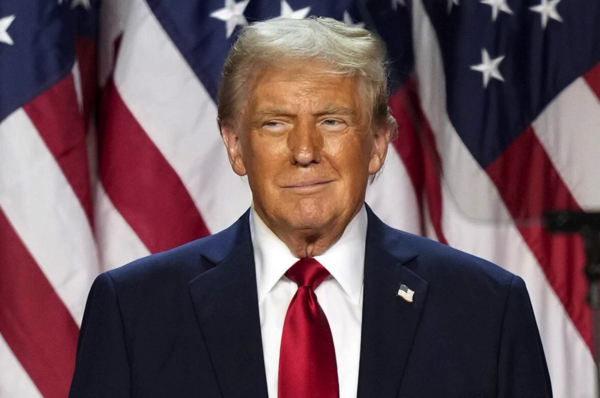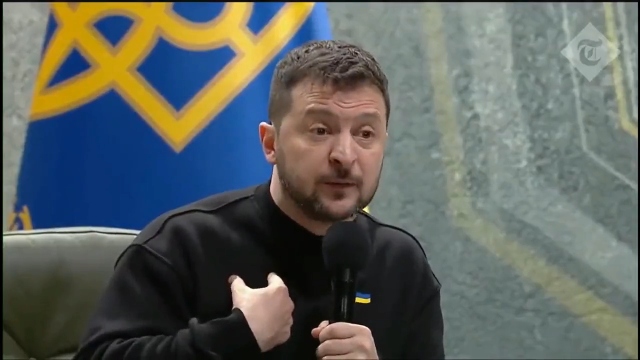Unveiling the shadows: The CIA's mind control legacy and the rise of a "virtual government"
- After World War II, the U.S. covertly recruited Nazi scientists and integrated elements of Hitler's intelligence network into the CIA through Project Paperclip. This led to the assimilation of Nazi ideology and personnel into American institutions, influencing figures like Representative Hamilton Fish and laying the groundwork for organizations like the House Un-American Activities Committee.
- The 1930s saw domestic fascists conspiring with European counterparts to infiltrate American institutions. The concept of "sleepers"—Nazi operatives given new identities and placed globally—was confirmed by declassified U.S. intelligence documents, revealing plans for a post-war Nazi revival and the movement of over a billion dollars to Argentina for funding.
- Nazi operatives and propagandists significantly influenced American media and politics. Publications like the National Record and events such as the 1961 "Let's Look at America" seminar, featuring retired General Alfred Wedemeyer, disseminated pro-Nazi sentiments and criticized government policies.
- The CIA conducted clandestine mind control experiments, such as MK-ULTRA and Operation Artichoke, using drugs, hypnosis and psychological manipulation. These experiments, often performed on unwitting subjects, were part of a broader strategy involving cults, front groups and propaganda to control human behavior.
- The book raises critical questions about the enduring impact of these clandestine operations, suggesting that the techniques and technologies developed during the Cold War have evolved and continue to shape modern society.
In the aftermath of World War II, a clandestine convergence unfolded at the crossroads of ideology, power and psychological manipulation, leaving an indelible mark on American history. Alex Constantine's book, "
Virtual Government: CIA Mind Control Operations in America," meticulously unravels this intricate web, raising questions about the true nature of governance and the extent of clandestine operations that have shaped modern society.
The narrative begins in the ruins of Nazi Germany, where the U.S. Army's Ninth Division stumbled upon Vogelsburg Castle in February 1945. This was no ordinary discovery; it was a stronghold of Hitler's SS, an "Order Castle" where the elite were indoctrinated with a fanatical loyalty to the Nazi cause. As the war drew to a close, these castles became the breeding grounds for a new generation of leaders, scientists and spies. Graduates were given new identities and strategically placed around the world as "sleepers," their minds twisted by a potent mix of racial hatred and ideological fervor.
Following Germany's defeat, the U.S. government initiated Project Paperclip, covertly recruiting Nazi scientists and integrating elements of Hitler's intelligence apparatus into the newly formed CIA. This era of shifting alliances saw figures like Representative Hamilton Fish, influenced by Nazi propaganda, collaborating with high-ranking Nazi agent George Sylvester Viereck to lay the groundwork for the House Un-American Activities Committee.
Domestic fascists conspired with European counterparts in the 1930s to infiltrate American institutions. The McCormack-Dickstein Committee exposed a fascist plot to seize the government, but its successor failed to act. Howard Ambruster's 1947 book, "Treason's Peace," confirmed that German industrialists were already plotting for the next global conflict.
The concept of "sleepers" was not mere paranoia. Newly declassified U.S. intelligence documents reveal that Nazi leaders met with top industrialists in 1944 to secure funding for the party's underground revival. This was part of a larger scheme to safeguard German supremacy and establish a new Reich, even in defeat. The Nazis also moved over a billion dollars to Argentina, setting up secret accounts and sanctuaries for their ill-gotten wealth, with figures like Eva Peron and Axel Wenner-Gren playing key roles.
In the U.S., the influence of Nazi operatives was pervasive. Publications like the
National Record, linked to Senator Robert Rice Reynolds, disseminated homegrown Nazi propaganda. The 1961 "Let's Look at America" seminar, featuring retired General Alfred Wedemeyer, attracted 3,500 attendees who criticized President Kennedy's policies.
The tentacles of this "virtual government" reached the highest levels of power. Attorney Hans Globke, who provided the legal framework for the Third Reich's racial laws, was appointed to a key position in the Adenauer administration. In the U.S., figures like Willis Carto and Francis Parker Yockey, both with ties to Nazi ideology, wielded significant influence.
The Liberty Lobby, a front for American fascist leaders and Nazi spies, was a labyrinth of connections to Germany's Nazi Party. Its members included military officers like Major General Charles A. Willoughby, who played a role in intelligence operations under MacArthur in Korea, and Willis A. Carto, the Lobby's founder and treasurer.
The presence of ranking military officers at extreme right-wing rallies was not uncommon. Senator Fulbright's efforts to curb the influence of what he termed "Prussianized" officers faced fierce opposition from figures like Senator Strom Thurmond, who denounced it as an attempt to "muzzle the military."
The stolen Jewish assets that funded Nazi activities were a grim reminder of the atrocities committed. In 1996, the Associated Press reported that six tons of Nazi gold, possibly including gold from Holocaust victims' teeth, were stored in New York and London banks.
The CIA's involvement in mind control experiments is another chilling chapter. The Agency's use of the Health, Education & Welfare department as a cover for these experiments was just the beginning. Projects like MK-ULTRA and Operation Artichoke aimed to control human behavior through drugs, hypnosis and psychological manipulation.
The implications are staggering. The CIA's quest for mind control technology led to experiments on unwitting subjects, often with devastating consequences. The use of cults, front groups and propaganda machines to further these aims was a hallmark of the CIA's strategy.
This exploration of the CIA's mind control legacy and the rise of a "virtual government" serves as a stark reminder of the hidden forces that have shaped the world and continue to influence it today.
Learn more about "
Virtual Government" by watching the video below.
This video is from the
BrightLearn channel on Brighteon.com.
Sources include:
Brighteon.ai
Brighteon.com









